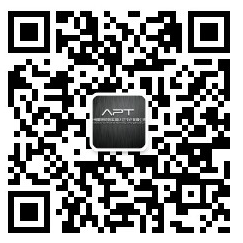
In 2025, significant changes are expected in the regulations of the United Nations Economic Commission for Europe (UNECE) concerning the type approval of vehicles, components, and systems. The new regulations aim to enhance safety, reduce emissions, and support technological advancements in the automotive industry, with a particular focus on electric and autonomous vehicles.
Here are the main regulatory changes that will come into effect in 2025 and impact automotive manufacturers:
1. Advanced Safety Aspects: New Requirements for ADAS
The UNECE regulations introduce new requirements for Advanced Driver Assistance Systems (ADAS), specifically:
- Mandatory use of Automatic Emergency Braking Systems (AEBS) across a broader range of vehicle categories (Regulation (EU) 2019/2144).
- Enhanced Lane Keeping Assist Systems (LKA) to reduce the risk of unintended lane departures.
- Driver Monitoring Systems (DMS) to prevent accidents related to distraction and drowsiness.
2. Certification and Standards for Electric Vehicles: As the production of electric vehicles continues to grow, UNECE is updating standards related to electric vehicles:
- Batteries: More stringent safety tests to minimize the risk of fires and malfunctions (Regulation (EU) 2023/1542 on battery sustainability).
- Charging: Standardization of charging stations and new specifications for interoperability between vehicles and infrastructure (EU Directive 2014/94/EU on alternative fuel infrastructure).
- Range: New measurement methods to ensure more transparent range data reported by manufacturers (Regulation (EU) 2017/1151 on WLTP testing).
3. Autonomous Vehicles: New Certification Requirements - UNECE is developing regulations to establish common standards for autonomous vehicles, focusing on:
- Cybersecurity and Data Protection: To prevent cyberattacks on vehicle systems (UNECE Regulations R155 and R156 on cybersecurity and software update management).
- Validation of Autonomous Software: Including tests for safety and reliability.
- Human-Machine Interface (HMI): To ensure effective communication between the vehicle and the driver.
4. New Emission Limits and Sustainability Standards: Stricter regulations for carbon dioxide and air pollutants will come into effect in 2025, aligning with Europe's sustainability goals. Key changes include:
- Lowering nitrogen oxides and particulate matter limits for internal combustion engines (Regulation Euro 7 is under development).
- Stricter standards for automotive manufacturing materials to promote recycling and reduce environmental impact (Regulation (EU) 2020/852 on sustainable finance classification).
- More stringent Real Driving Emissions (RDE) tests to verify emissions under real driving conditions (Regulation (EU) 2018/1832 on RDE).

Impact of the Updated Regulations Starting in 2025 on Manufacturers: These regulatory updates will require automotive and component manufacturers to:
- Adjust design processes to meet new safety and emission requirements.
- Undergo additional testing according to the latest UNECE standards to obtain type approval.
- Invest in research and development to integrate the technical requirements of the new regulations.
As these changes approach, automotive manufacturers must take proactive steps to ensure compliance and maintain competitiveness in the evolving regulatory environment.





